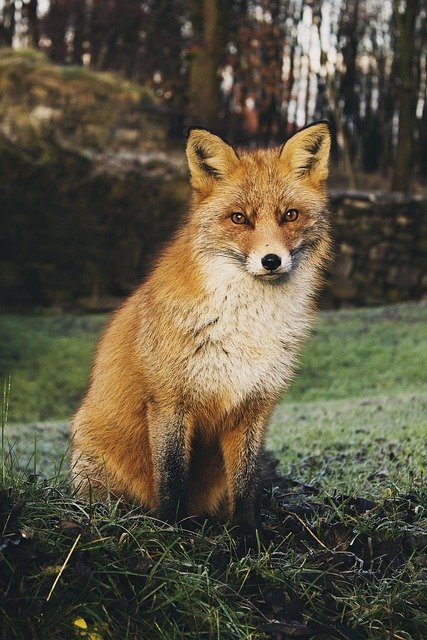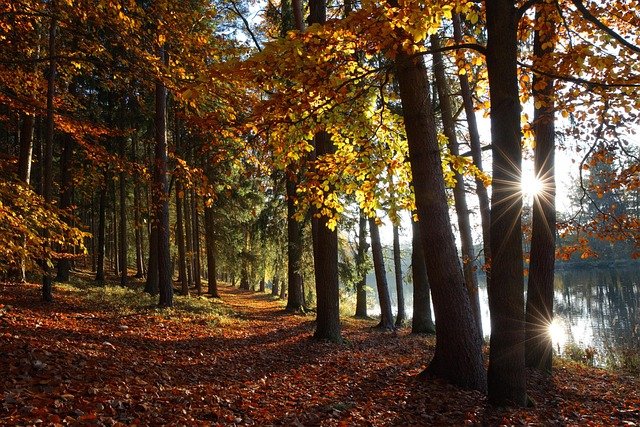**Title: "The Evolution of Narrative in Video Games:

The Secret Lives of Urban Wildlife
Urban environments are often seen as concrete jungles devoid of nature, but beneath the surface, a vibrant tapestry of wildlife thrives. From raccoons rummaging through trash cans to hawks soaring above skyscrapers, urban wildlife has adapted in remarkable ways. In this blog post, we’ll explore the hidden lives of these creatures, their challenges, and the surprising ways they coexist with city dwellers.
The Adaptability of Urban Wildlife
One of the most fascinating aspects of urban wildlife is their ability to adapt to human environments. Here are a few examples:
Raccoons: Known as the bandits of the night, raccoons have become experts at navigating human habitats. Their dexterous paws allow them to open containers and doors, making them skilled scavengers.
Pigeons: Once considered pests, pigeons have thrived in cities due to their ability to find food and nesting sites in abundance. They are often seen as a symbol of urban life.
Coyotes: These cunning canines have made their way into cities, often seen roaming parks and green spaces. Their adaptability to urban settings has allowed them to find food and shelter in unexpected places.
The Challenges They Face
While urban wildlife has adapted to city life, they also face unique challenges:
Habitat Loss: As cities expand, natural habitats are destroyed, forcing wildlife to compete for limited resources.
Pollution: Urban environments can be hazardous. Pollution from vehicles and industrial activities can affect the health of wildlife, making it crucial for them to find clean food and water sources.
Human-Wildlife Conflict: Encounters between humans and wildlife can lead to conflicts. Animals may be seen as nuisances, leading to efforts to control their populations, often through inhumane methods.
The Importance of Urban Wildlife
Urban wildlife plays a vital role in maintaining the ecological balance of city environments. They contribute to:
Biodiversity: Urban wildlife adds to the richness of local ecosystems, supporting various species and contributing to overall biodiversity.
Pest Control: Predatory animals like hawks and owls help control populations of rodents and insects, naturally regulating pest populations.
Education and Awareness: Observing urban wildlife can foster a greater appreciation for nature and encourage conservation efforts among city dwellers.
How to Coexist with Urban Wildlife
Here are some tips for living harmoniously with urban wildlife:
Secure Trash and Food Sources: Keep garbage cans sealed and avoid leaving pet food outside to minimize attracting wildlife.
Create Wildlife-Friendly Spaces: Plant native species in your garden to provide food and shelter for local wildlife.
Educate Yourself and Others: Learn about the wildlife in your area and share that knowledge with friends and family to promote coexistence.
Report Human-Wildlife Conflicts: If you encounter wildlife in distress or need assistance, contact local wildlife authorities rather than attempting to handle the situation yourself.
Conclusion
The secret lives of urban wildlife remind us that nature is all around us, even in the busiest of cities. By understanding and respecting these creatures, we can create a more harmonious coexistence, ensuring that urban wildlife continues to thrive alongside us. Next time you spot a raccoon or hear the call of a coyote, take a moment to appreciate the resilience and adaptability of these remarkable animals.
Join the Conversation!
Have you encountered urban wildlife in your city? Share your experiences and thoughts in the comments below! Let's celebrate the hidden lives of our urban companions.

All images are taken from the Pixabay.com